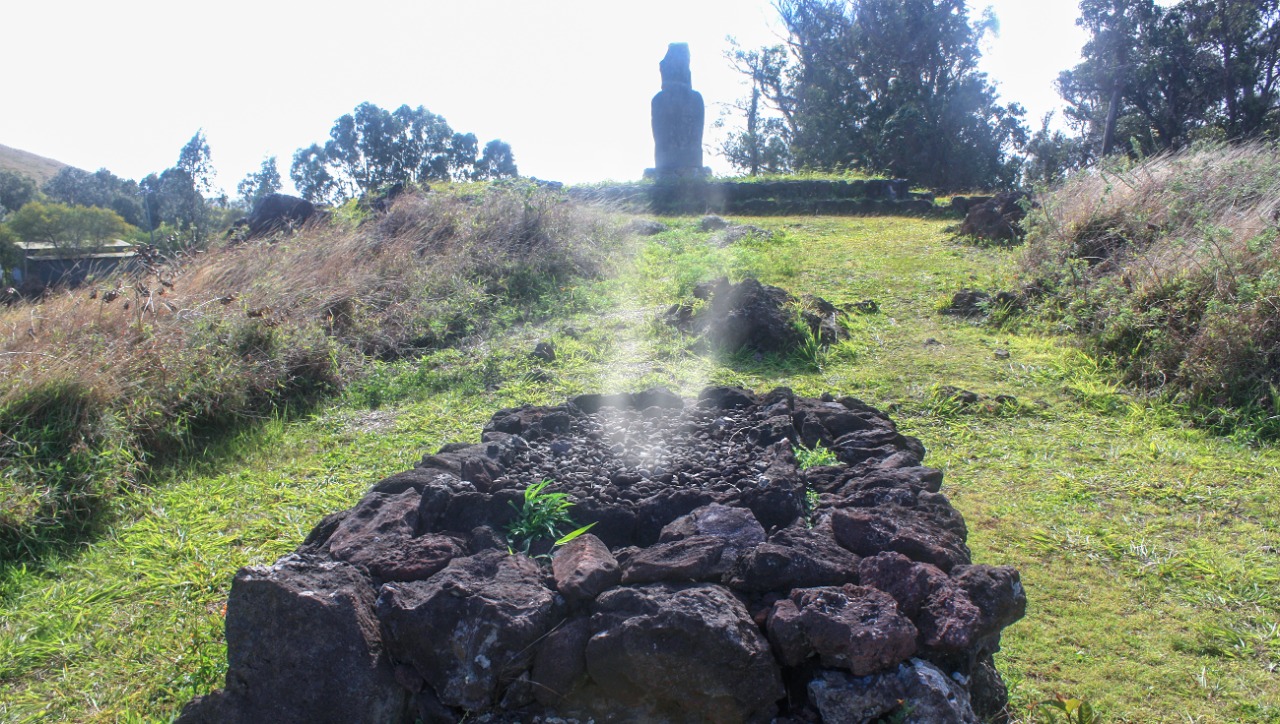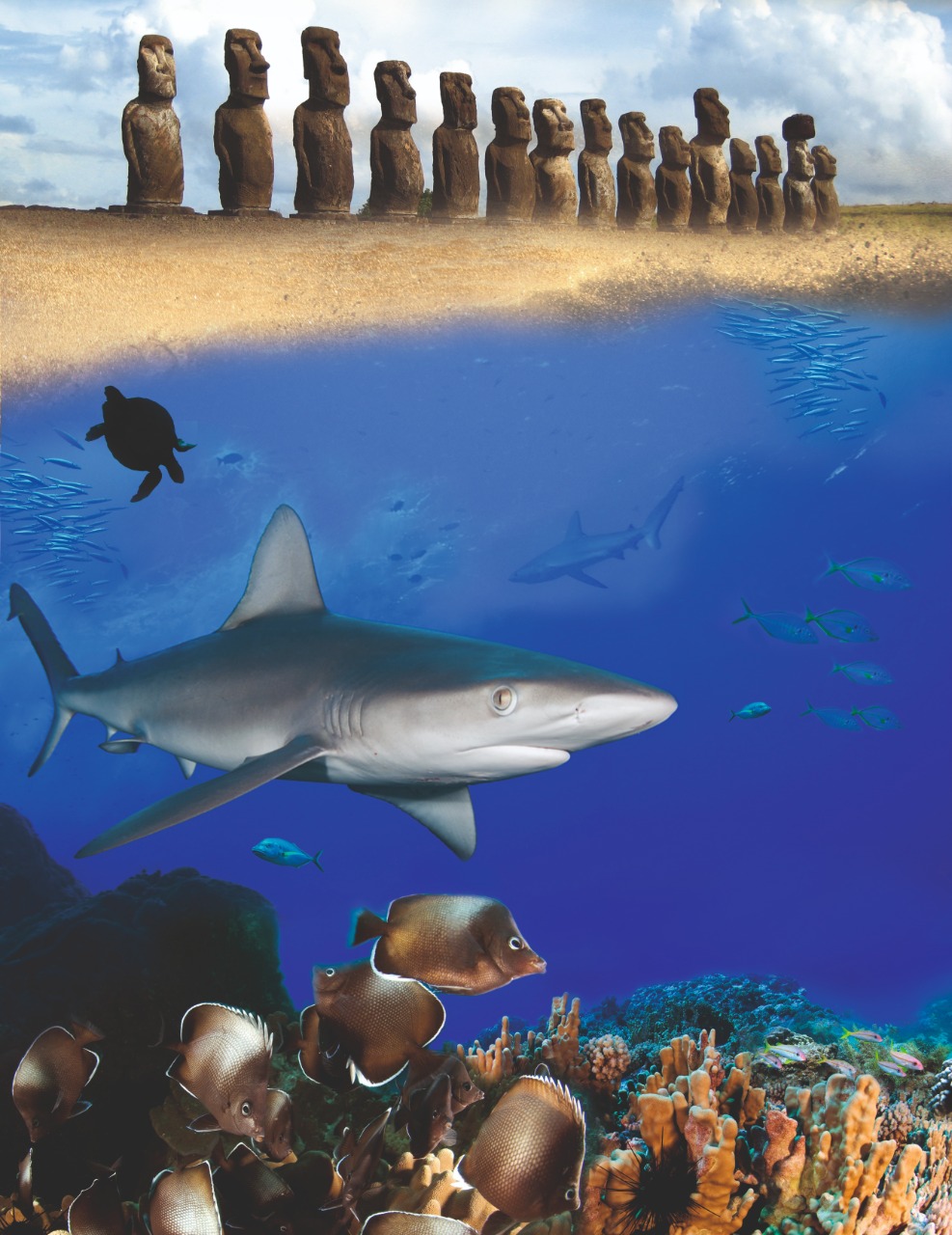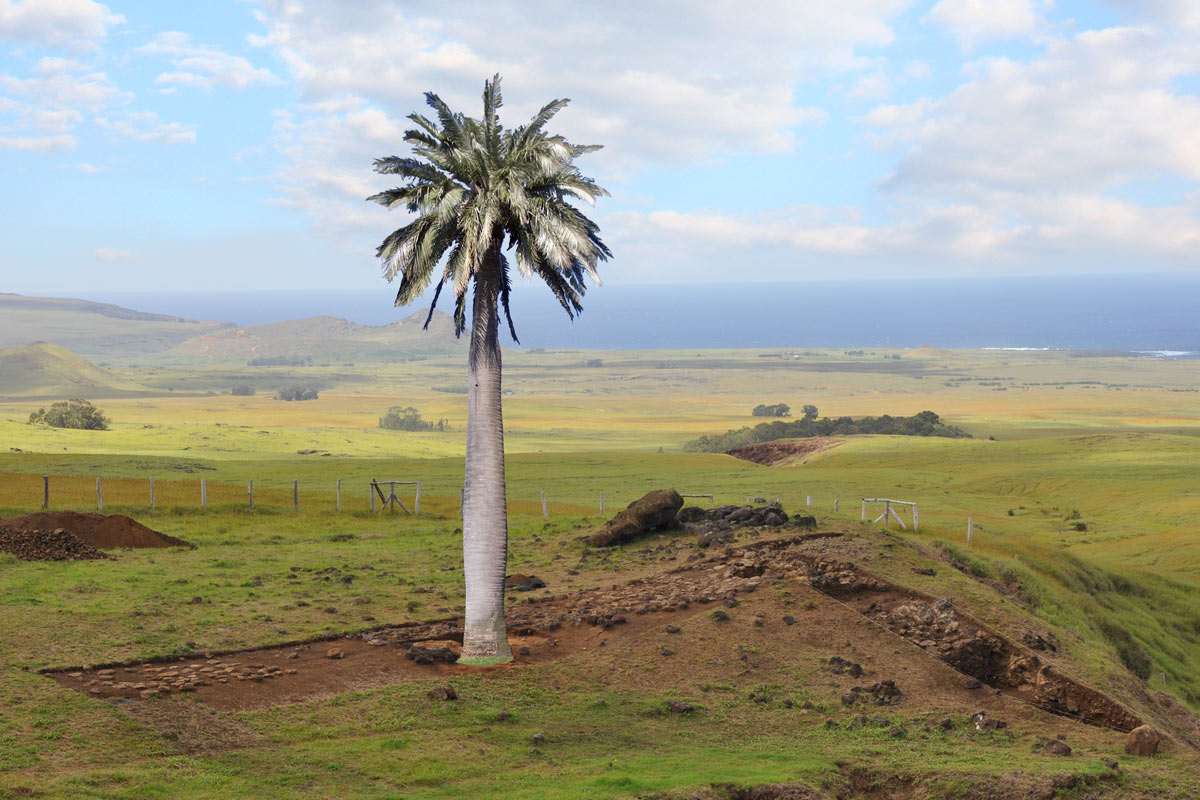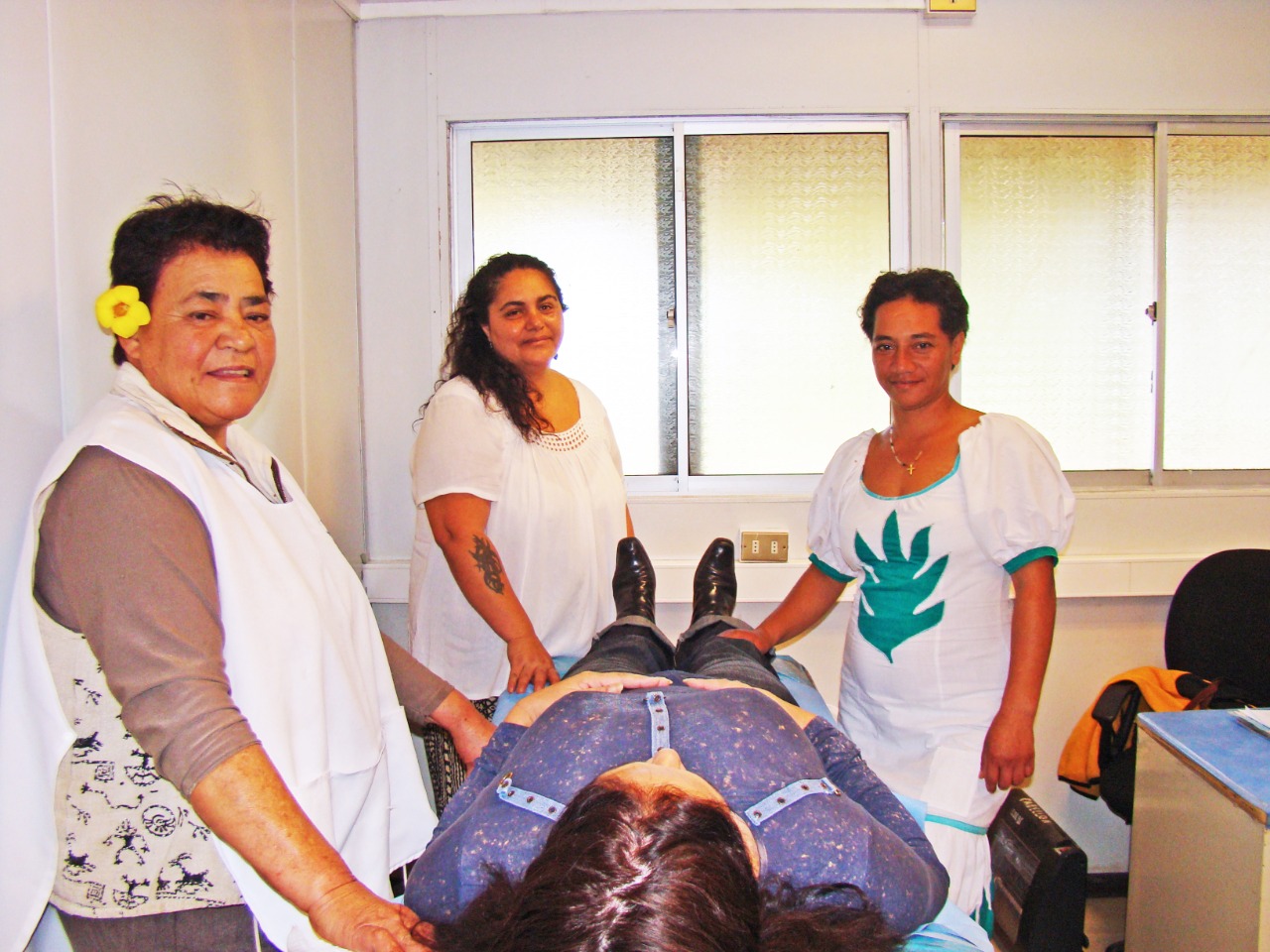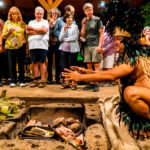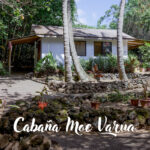CREMATION IN RAPA NUI
by Cristian Moreno Pakarati – Historiador / Historian

It’s not really known up to what point cremation on Rapa Nui was a common method of dealing with cadavers or if, as William Ayres has suggested, the crematoria were structures for human sacrifice and offerings. In any case, the practice fell out of use when wood became scarce in the 16th Century. The largest number of crematoria are found along the coastline and associated with the megalithic ceremonial platforms, the ahu moai, the greatest monumental expressions within the landscape of Rapa Nui. In seven of these crematoria, scientific studies have made positive identification of human remains and ashes which came from cremation: at Ahu Tahiri, Ahu Vinapū, Ahu Akivi, Ahu Ature Huki, Ahu Ra’ai, O’rongo and Ahu Tautira, using radio-carbon dating that covers from 1082 to 1752. More recently, Sigourney Nina-Navarro has made some exhaustive studies on the crematorium of Hanga Hahave, although without C14 dating.

Featured Reports:
Bees Rapa Nui
Bees Rapa NuiFree of Pathogens, a Source of Life and LoveBees were introduced to Easter Island by the Catholic missionaries of the Sacred Heart of Jesus in the decade of the 1860s, and since then have been pollinating guavas, mangoes, bananas and pasture flowers. In...
El Tavake and its future
The Tavake And its future, a challenge for Rapa NuiOne of the loveliest spots on the Island is the Moai (statue) quarry at Rano Raraku. Anyone who has visited it has seen or heard the Tavakes, the red-tailed tropicbird. These majestic white birds, with their bright...
Marine Reserve in the bay of hanga roa
Marine Reserve in the bay of hanga roaAccording to the experts and the international NGOs that are dedicated to marine conservation, the oceans should be managed as ecosystems and not as a cornucopia that the fishing industry can harvest at will. In the entire world,...

